Music
Trailers
DailyVideos
India
Pakistan
Afghanistan
Bangladesh
Srilanka
Nepal
Thailand
StockMarket
Business
Technology
Startup
Trending Videos
Coupons
Football
Search
Download App in Playstore
Download App
Best Collections
Technology

Co-op video games are wonderful.
Alas, itnot always possible to get everyone in front of the same TV — and not all co-op games have online play, so playing across the internet is out.
With that in mind, Valve has been working on something it calls &Remote Play Together& that itplanning on rolling into its Steam game launcher later this month. By more or less tricking the game into thinking all players are in the same room, it&ll let you remotely play with your friends generally local-only multiplayer games.
Valve published on its developers-only Steamworks site a note about the upcoming feature, first noticed by PCGamer. The note quickly made its way to the Unity developer forums.
&Your local multiplayer games will soon be improved with automatic support forRemote Play Togetheron Steam,& it reads. &All local multiplayer, local co-op, and split-screen games will be automatically included in the Remote Play Together beta, which we plan to launch the week of October 21.&
The pending launch was later confirmed by ValveAlden Kroll:
So how does it work? If you&ve ever used PS4remote play (which lets you push PS4 games to your smartphone) or cast a game from your PC to an Nvidia SHIELD, ita bit like that… just tweaked for multiplayer. One player hosts the game on their computer; Steam sends a stream of the visuals to everyone else, capturing controller/keyboard input and sending it back to player one. As far as the game knows, everyone is sitting around the same screen.
Itimportant to note, of course, that some games will almost certainly fare better than others here. While streaming tech is only getting better, it inherently introduces latency — and in plenty of games, latency kills. Hopefully Valve makes it clear to players that this is all pretty unofficial; if a game isn&t playable because of latency or anything else remote play brings into the mix, itnot really the developerfault. Valve says developers can opt out of the beta feature if they see fit.
Valve says Remote Play Together will officially support up to four players in one game, and notes that the experience will only be as good as the connections of everyone involved.
- Details
- Category: Technology
Read more: Steam will soon let you play local-only multiplayer games with far off friends
Write comment (90 Comments)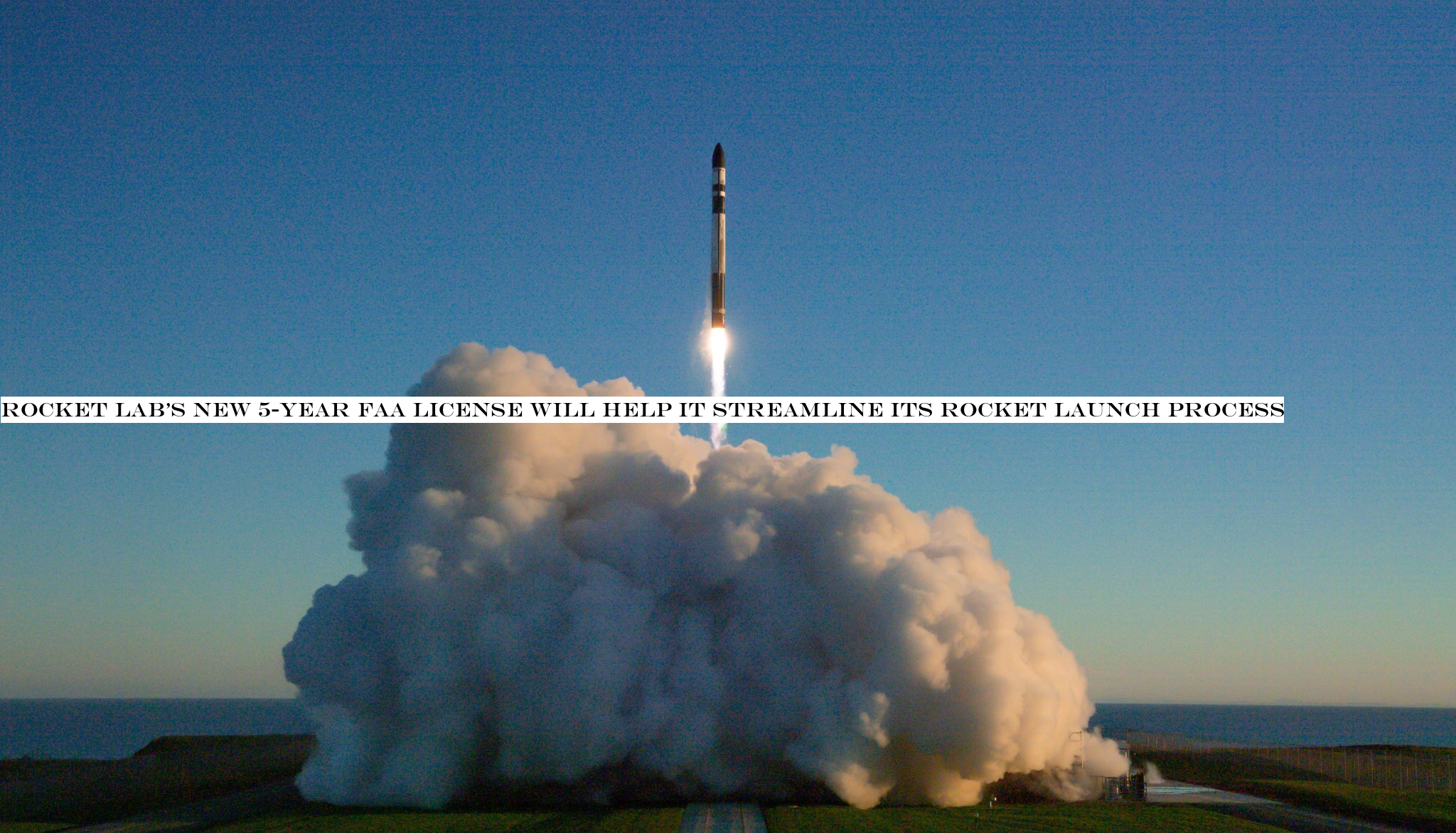
Rocket Lab has received a new five-year Launch Operator License from the Federal Aviation Administration, which grants it permission to do multiple launches of its Electron rocket from its LC-1 launch site in New Zealand without having to seek individual clearance for each one. While not the only limiting factor, this should help Rocket Lab increase the frequency of its launches from LC-1, servicing more customers more often for commercial small satellite customers.
Until now, Rocket Lab has had to obtain a license (or multiple licenses) from the FAA for each individual rocket it flew — the company has seemingly managed that process just fine to date, but itan added process that probably adds a lot of time and effort to each launch attempt, even if it hasn&t directly flummoxed any mission to date.
Rocket Lab says this will provide a &streamlined path to orbit& for its customers, however, which should make it easier for the company to operate its flexible model that is designed to work better with the shifting timelines of small sat startups and younger commercial space companies, while still ensuring that Rocket Lablaunch capacity is used to maximum effect. Rocket Lab just recently swapped one payload for another for an upcoming launch, for example.
Rocket Lab is part of the Commercial Spaceflight Federation, an industry consortium that also includes SpaceX, Virgin Galactic, Relativity Space and others that is petitioning the FAA for reforms to regulations that would update them to better suit the current state of the commercial space business. SpaceX CEO Elon Musk recently praised the FAA as a partner that it has been able to work with very efficiently, speaking specifically about the licensing process regarding its ongoing Starship test program.
This license isn&t tied to the agencyoverall process for licensing U.S.-based launches (LC-1 is in New Zealand, after all) but it is another indication that the current FAA is more than willing to work with younger commercial space companies to ensure they can do business in an efficient manner.
- Details
- Category: Technology
Read more: Rocket Lab’s new 5-year FAA license will help it streamline its rocket launch process
Write comment (98 Comments)Last week at TechCrunch Disrupt in San Francisco, we hosted a panel on the Extra Crunch stage on &How to build a billion-dollar SaaS company.& A better title probably would have been &How to build a successful SaaS company.&
We spoke to Whitney Bouck, COO at HelloSign; Jyoti Bansal, CEO and founder at Harness, and Neeraj Agrawal, a partner at Battery Ventures to get their view on how to move through the various stages to build that successful SaaS company.
While there is no magic formula, we covered a lot of ground, including finding a product-market fit, generating early revenue, the importance of building a team, what to do when growth slows and finally, how to resolve the tension between growth and profitability.
Finding product-market fit
Neeraj Agrawal: When we&re talking to the market, what we&re really looking for is a repeatable pattern of use cases. So when we&re talking to prospects — the words they use, the pain point they use — are very similar from call to call to call? Once we see that pattern, we know we have product-market fit, and then we can replicate that.
Jyoti Bansal: Revenue is one measure of product-market fit. Are customers adopting it and getting value out of it and renewing? Until you start getting a first set of renewals and a first set of expansions and happy successful customers, you don&t really have product-market fit. So thatthe only way you can know if the product is really working or not.
Whitney Bouck: It isn&t just about revenue — the measures of success at all phases have to somewhat morph. You&ve got to be looking at usage, at adoption, value renewals, expansion, and of course, the corollary, churn, to give you good health indicators about how you&re doing with product-market fit.
Generating early revenue
Jyoti Bansal: As founders we&ve realized, getting from idea to early revenue is one of the hardest things to do. The first million in revenue is all about street fighting. Founders have to go out there and win business and do whatever it takes to get to revenue.
As your revenue grows, what you focus on as a company changes. Zero to $1 million, your goal is to find the product-market fit, do whatever it takes to get early customers. One million to $10 million, you start scaling it. Ten million to $75 million is all about sales, execution, and [at] $75 million plus, the story changes to how do you go into new markets and things like that.
Whitney Bouck: You really do have to get that poll from the market to be able to really start the momentum and growth. The freemium model is one of the ways that we start to engage people — getting visibility into the product, getting exposure to the product, really getting people thinking about, and frankly, spreading the word about how this product can provide value.
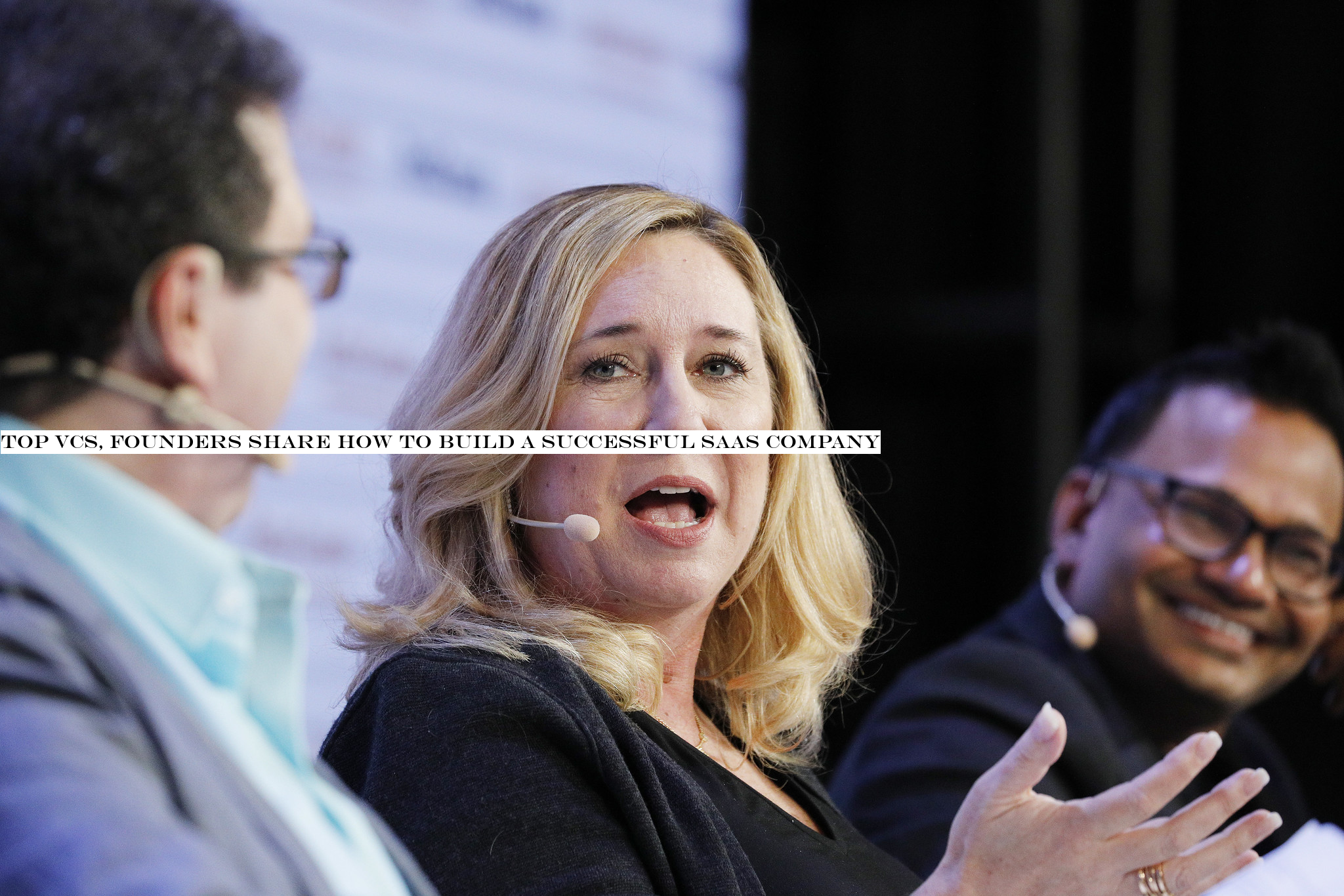
Photo: Kimberly White/Getty Images for TechCrunch
- Details
- Category: Technology
Read more: Top VCs, founders share how to build a successful SaaS company
Write comment (98 Comments)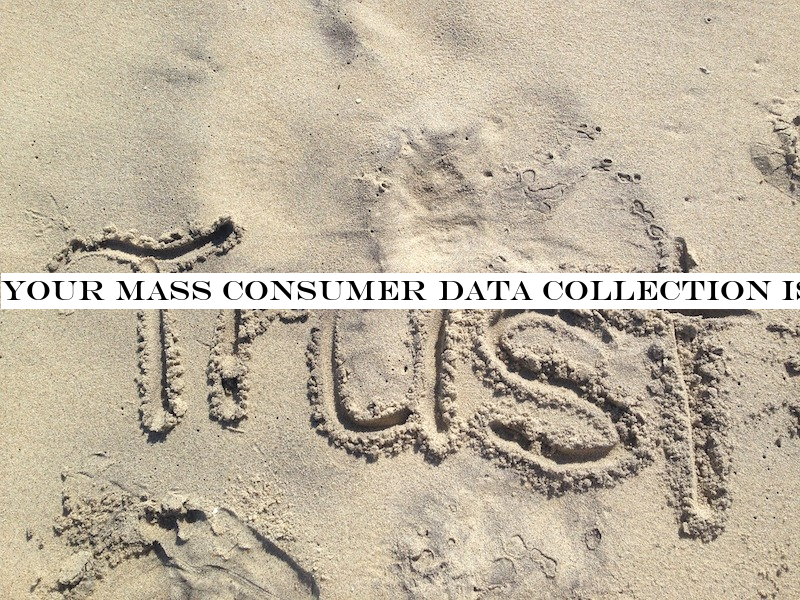
These are dark days for trust. Darkest of all for marketers and advertisers.
Only 3% of people trust marketing and advertising, the lowest of any industry or practice, and that trust is falling fastest among millennials, an ominous sign for the future.
We have no one to blame but ourselves.
Like everyone else, we&ve been blinded by the promise of techfalse promise of &Big Data Solves Everything.& Martech is driving the dialog in our industry right now, and they&re telling us that collecting as much consumer data as possible — regardless of the actual value of that data, and regardless of our consumerbest interests — will reveal a magic growth formula.
Thata farce. There is no magic growth formula, and tech won&t do your job for you. Believing that amassing data will save your business instead of focusing on fundamentals has only led to lazy marketing, plummeting consumer trust and a two-fold increase in the number of expensive martech solutions over the last two years.
Public awareness of the surveillance economy is sharpening. The press is increasingly paying attention to business AND advertising practices. Consumers are voting with their wallets and choosing to walk away from companies that don&t practice the values they preach. This is a trend that will speed up, not slow down. The skepticism that has recently emerged around Amazonnew Alexa announcements is just the most recent example of this.
How soon before marketers and advertisers end up on The New York Times naughty list? How much longer will consumers tolerate the hypocrisy of brands claiming to care for them while they vacuum up their personal data? Is it worth the risk to your brand and your business?
Doing whatright for your business means doing whatright for your consumers.
If you are a marketer reading this: You can do better.
Being a lean data company doesn&t mean being a martyr — just the opposite. The top 10 U.S. most trustworthy S-P 500 companies outperform the market by 25-50%.
But it does mean doing something counterintuitive for many marketers in the era of big tech and adtech. It means striving to collect only the consumer data that you really need to give equal or greater value back to your customer — and protecting it. It means no more selling, sharing and buying user data. It means being transparent about your marketing practices.
Doing so will take your focus off data collection for the sake of data collection and put that focus where it belongs — on understanding your customerneeds, delivering them more and more value and regaining their trust and respect.
This isn&t just empty talk.
At Mozilla we&re backing up this lean data commitment with action. In the spirit of truly putting our users& interests first, the latest release of the Firefox browser blocks third-party cookies by default. Frankly, we had anticipated some pushback from publishers, but instead they&ve told us they haven&t experienced the impact they expected, which is pushing them to question the actual value of the data they&d been collecting and revisit their own practices.
A lean data movement is growing. Others have taken action too, and there are many more who believe that doing whatright for your business means doing whatright for your consumers.
So whatever your own lean data commitment looks like, make it now, before ittoo late. As marketers and advertisers, we&ve survived some seismic shifts over the last few years, but no one can survive 0% trust.
- Details
- Category: Technology
Read more: Your mass consumer data collection is destroying consumer trust
Write comment (96 Comments)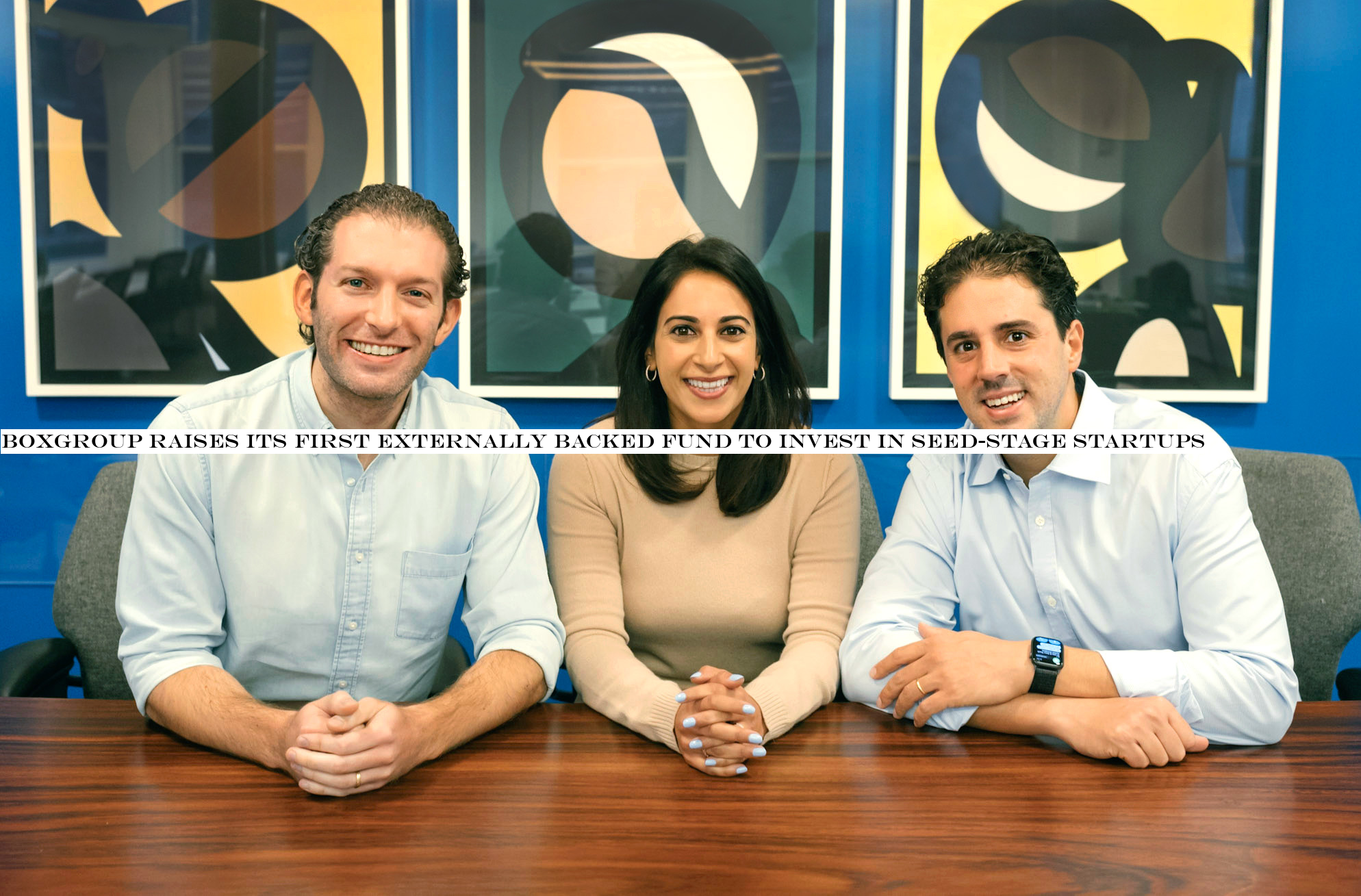
BoxGroup, the seed-stage investment firm led by David Tisch, has today announced that it has raised its very first fund from limited partners. To date, BoxGroup has been internally backed, meaning that the cash came from none other than the three partners at the firm, David Tisch, Adam Rothenberg and Nimi Katragadda. BoxGroup has primarily written smaller checks, usually between $250K and $500K, for early-stage startups.
The new fund is actually two separate funds: a regular seed fund and an Opportunity fund, each managing $82.5 million in capital. Limited partners in BoxGroup IV include Willoughby Capital, TrueBridge and founders from BoxGroupportfolio, TJ Parker (PillPack), Jeff Raider (Harry&s) and Nat Turner (Flatiron Health).
That said, not much should change at BoxGroup. The firm will still be writing $250K to $500K checks for pre-seed, seed and early Series A companies as a participant, not a lead.
&The most important part of our message with this is that we&re not changing,& said Tisch. &In an industry where everyone is regularly changing, we believe itimportant to stay true to what we do, which is write collaborative seed checks.&
BoxGroup doesn&t take board seats or &ownership& over the companies in which it invests, but rather participates in seed rounds across a wide variety of verticals, including health, biotech and food among the usual suspects like SaaS products, marketplaces and e-commerce.
The portfolio thus far includes names like Warby Parker, Airtable, Flexport, Roman and RigUp, which recently raised $300 million led by Andreessen Horowitz. The firm also takes a shine to New York-based companies, including Bowery Farms, ClassPass, Glossier, Chief, Mirror and David ChangAndo.
BoxGroup has also had three separate (nearly) billion-dollar exits: Flatiron Health, which sold to Roche for $2.1 billion, Harry&s, which sold for $1.37 billion to Edgewell Personal Care and PillPack, which sold to Amazon for just shy of a billion.
So why raise outside capital after 10 years of internal backing?
&This is the right evolution for our fund,& said Tisch. &It takes about 10 years to get returns and results in this business and we&re about 10 years old. We feel very good about what we&re doing. We have the confidence and track record now to justify asking other people to take risks on us and our model.&
Tisch added that this external money will allow BoxGroup to better support its portfolio of early-stage companies with follow-on investments.
- Details
- Category: Technology
Read more: BoxGroup raises its first externally backed fund to invest in seed-stage startups
Write comment (91 Comments)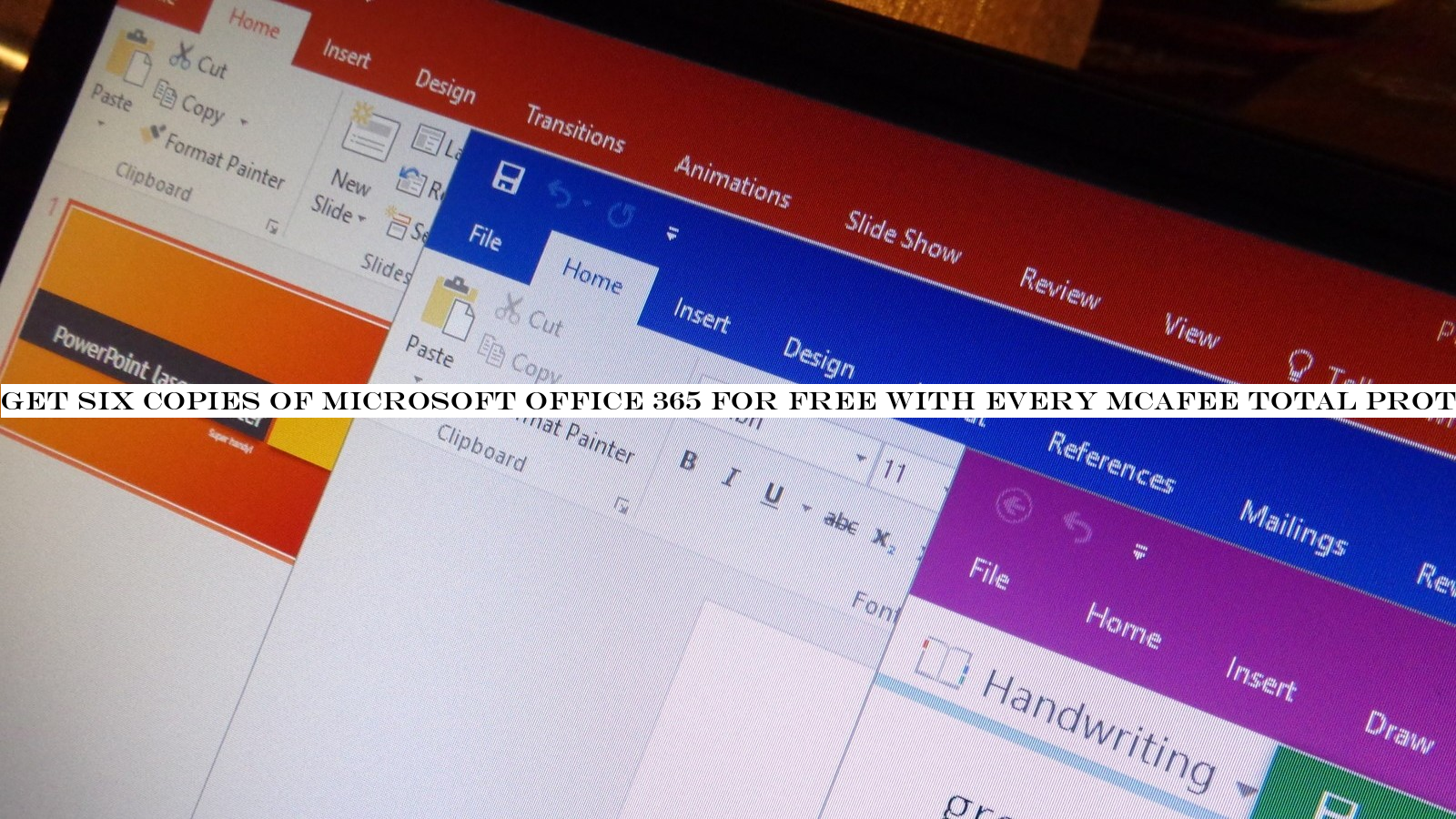

We’ve never seen anything like this; buy Microsoft Office 365 Home Premium and McAfee Total Protection security suite together and pay only £39.99 (that’s about $41 without sales tax) at Argos for a one-year subscription.
At less than 2p (about 1.5c) a day per device, that’s cheaper than buying the security package on its own, and while it is only a
- Details
- Category: Technology
Page 665 of 5614

 6
6





